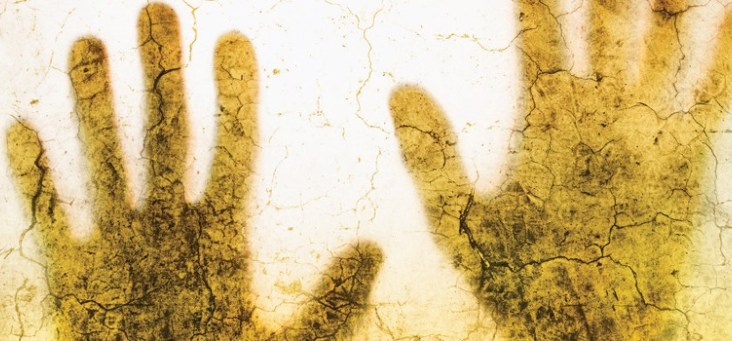Identifying Victims of Human Trafficking

By Sheryl L. Syme, RDH, MS, Susan Camardese, RDH, MS and Kimberly Mehlman-Orozco, PhD
Human trafficking is a rampant global health problem affecting a growing number of children and adults. On a worldwide basis, traffickers use fraud, coercion, threats, and deception to manipulate victims into various forms of exploitation, including domestic servitude, sex trafficking, sham marriages, forced labor, and criminal activity. Trafficking is identified as a form of slavery and a major, yet often hidden, crime involving the control of victims for the traffickers’ economic gain.1 Targeting potential victims who appear lost, disenfranchised, or in desperate situations, traffickers are adept at isolating victims from social support systems and creating dependence, limiting victims’ movement to work settings, and hiding the signs of victimization. Human trafficking victims are often lured by promises of lucrative employment, stability, ability to obtain an education, a steady income to send home to support their families, or a loving relationship.2
* References can be found in the original article via the link below.
Read Article






Responses